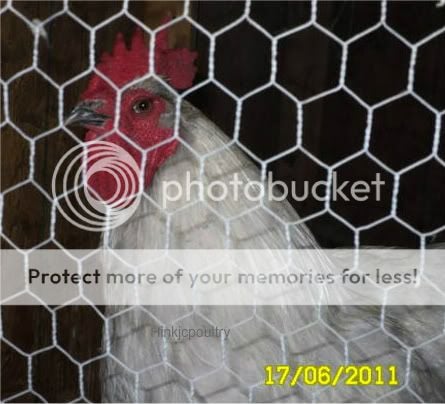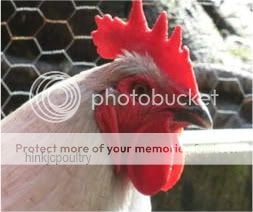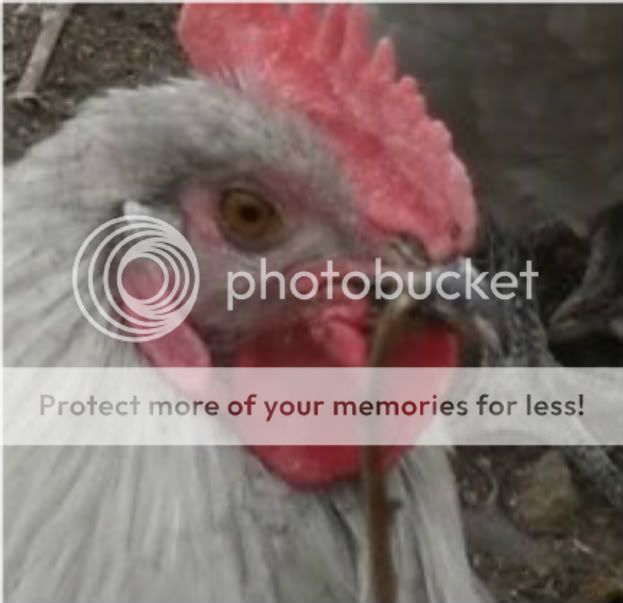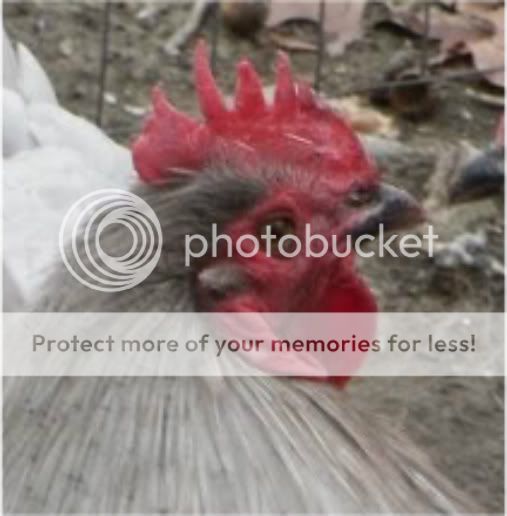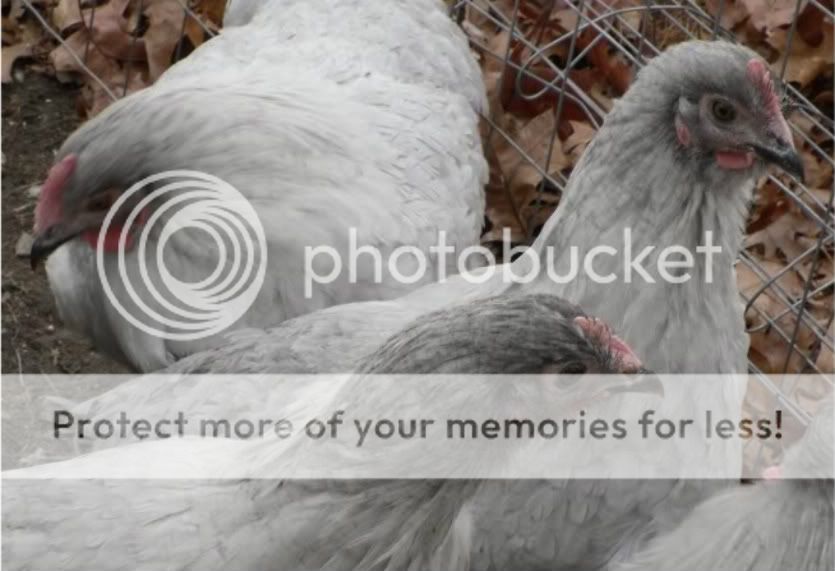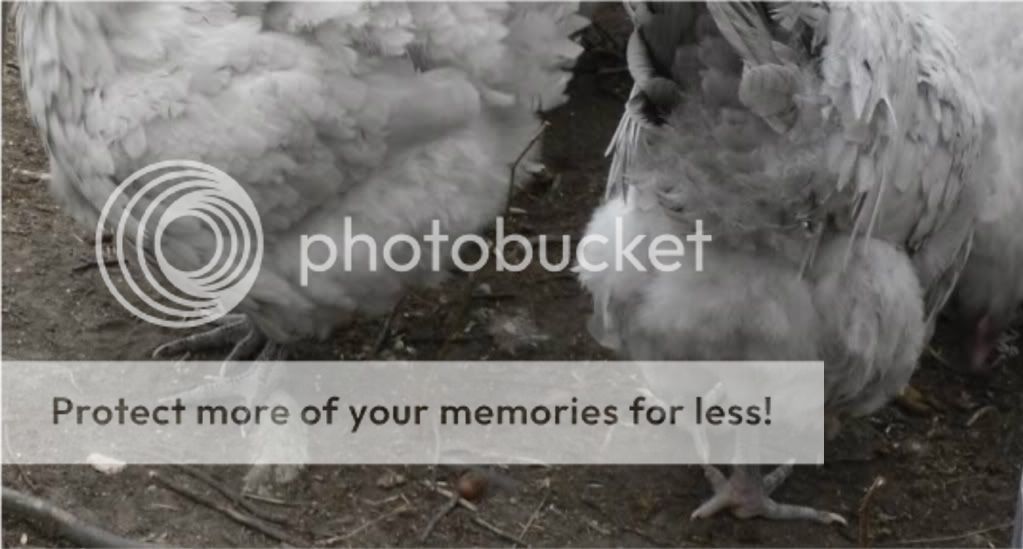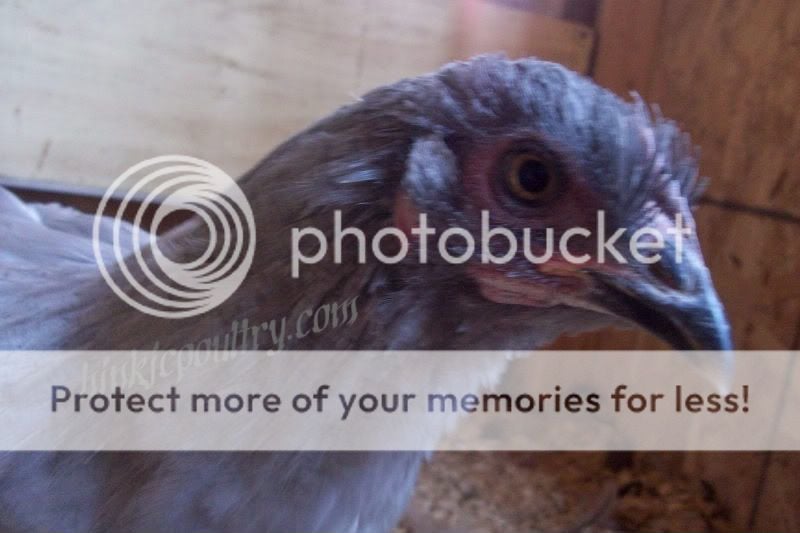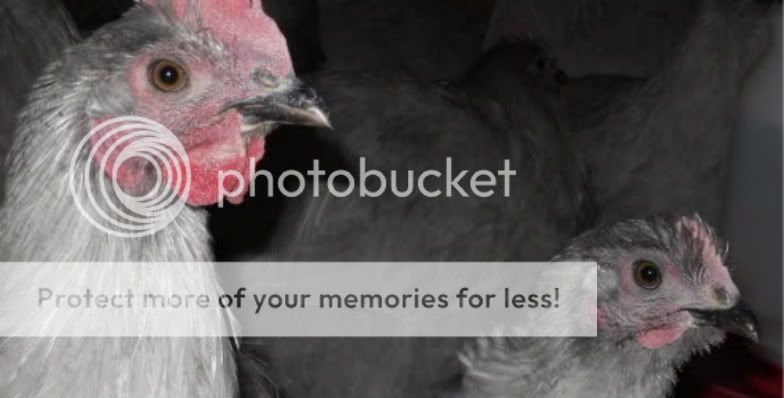Anyone can call something anything they want. However, it will not make it so in the SOP. My point in drafting a Standard was to have something I could breed to. We already have an Orpington Standrad and we have the lav gene standard. Our discussion needs to be on what color the beak, shanks and eyes should be. Not on who did what or what name we should use. We can submit any name to the Standard Committee and they will make changes as they see fit. So lets all try to stay polite.
What color are most Lavender/SB Orpingtons....
Beak?
Eyes?
Shanks?
Bottom of feet?
Guess I need to go turn a fellow over and see for myself about the bottom of his feet. Look him in the eye.
ETA: Plus, some of these qualities are not disqualifications in Orpingtons, just defects. The entire comb is just 5 points out of 100.
Terry Britt suggested we hatch our Orpingtons in December and January for the best possible size birds. Type must be there, but size can be enviroment. I have a Buff Orp male that will never reach his potential. He was ahtched in late April 2010. But his chicks, if hatched early, will reach their potential.



